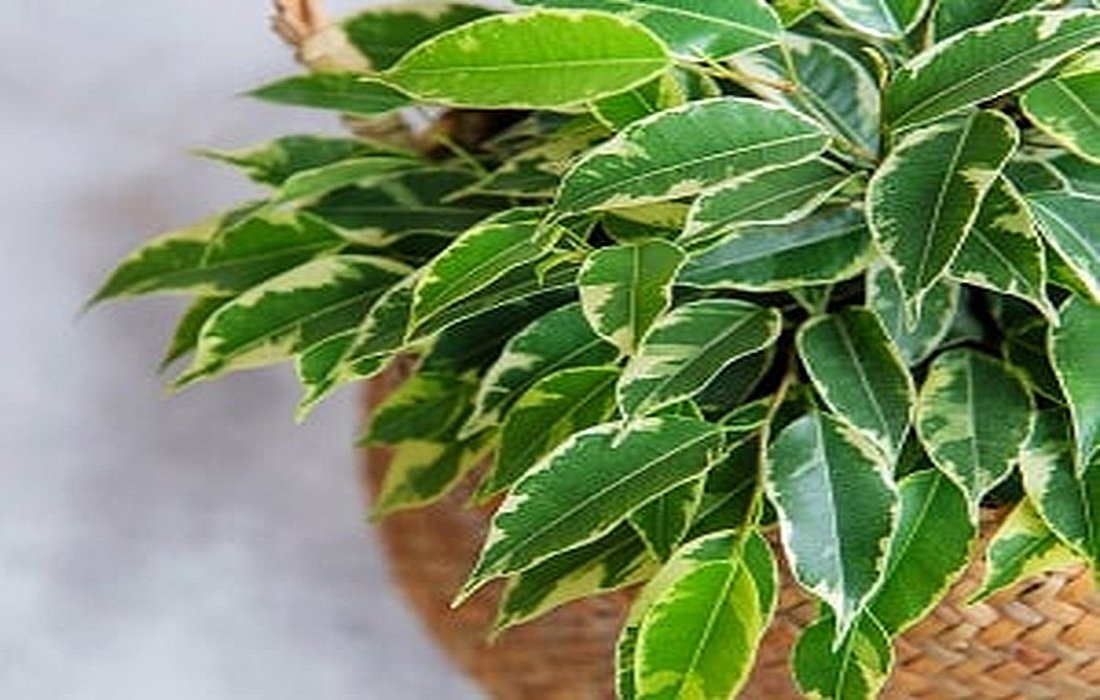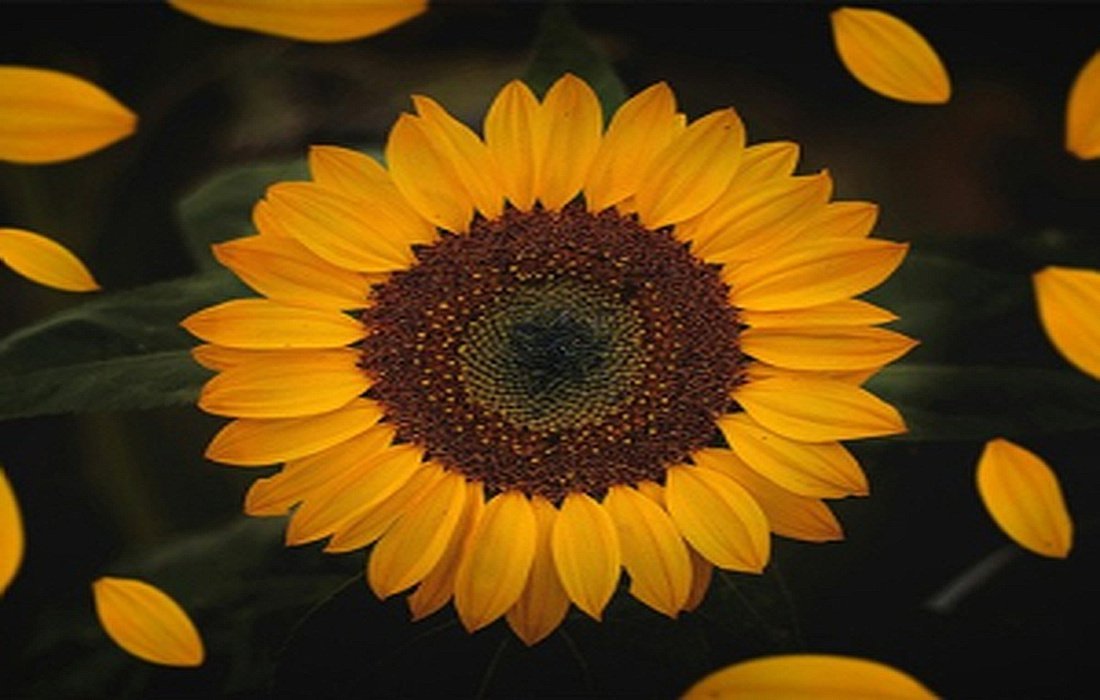Important Tips for Caring forThe Benjamin PlantAt Home
For beginners in caring for houseplants, maintaining a Benjamin plant is not recommended because it is a very sensitive plant that requires special care. The Benjamin plant is one of the most popular houseplants found in homes, offices, and indoor spaces. They are delicate yet large, with glossy dark green leaves. However, they can become stressed occasionally, leading to leaf drop.StressIt has slender branches that magnificently emerge from a light gray trunk.
Sometimes confused with Ficus microcarpa, which is actually less droopy and flatter. The Benjamin plant is one of the best indoor plants for improving air quality, as it effectively removes toxins like formaldehyde, benzene, and trichloroethylene from polluted indoor air.
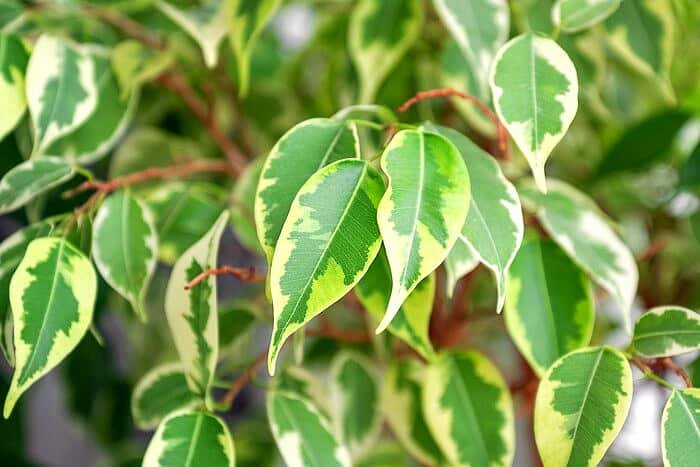
Care Conditions for the Benjamin Plant
Characteristics of the Benjamin Plant
Scientific name of the Benjamin plant:Ficus Benjamin
Common name:Banjamin, Weeping Fig, Ficus Tree
Plant type:Houseplant, Evergreen
Mature size:Indoors, 60 to 180 cm – tree or shrub
Sunlight:Bright, filtered sunlight
Soil type:Nutrient-rich
Soil pH:Slightly acidic to neutral
Flower color:Red
USDA plant hardiness zones:10 to 11
Native region:India and Southeast Asia
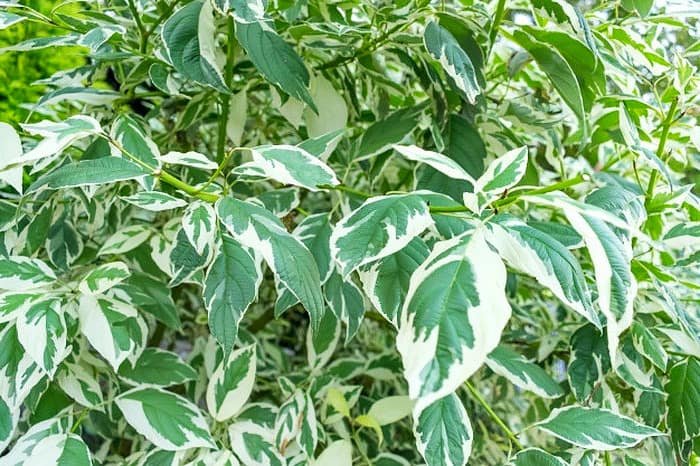
Benjamin plantFicusWeeping fig plant
How to Grow and Care for the Benjamin Plant?
The Benjamin plant is a tropical plant native to Southeast Asia, but it can successfully grow as a houseplant in cooler climates and under regular room temperature conditions. The Benjamin plant has green leaves that are about 12 cm long, found on its smaller branches.
Indoors, the tree can reach up to 1.80 meters in height, and it can also grow in a large pot to become the size of a bonsai. This will be adequately discussed in the article.
Light for the Benjamin Plant:
The Benjamin plant needs a bright room with even morning sunlight. In its native habitat, it often grows in partial shade, but it still requires good light indoors. This plant does not like to be moved, and if it is, it will drop many leaves. Therefore, in this part of the gardening secrets on SelMagz, it is essential to find a good, bright spot and keep it there consistently.Soil for the Benjamin Plant:A well-drained potting soil is likely suitable for it. The Benjamin plant requires soil that is particularly rich in nutrients or organic matter. When repotting, use a soil mix containing perlite, sand, and vermiculite for better drainage.
Watering the Benjamin Plant:
Keep this plant consistently moist, but do not let it sit in water, or its leaves will drop, and it will suffer from root rot. In its native environment, these plants typically shed their leaves at the beginning of the dry season, making them very sensitive to changes in humidity. Ensure your watering schedule is consistent and appropriate.Watering needs of the Benjamin PlantTemperature and humidity for the Benjamin Plant:
This plant is comfortable with nighttime temperatures between 65 and 70 degrees Fahrenheit and daytime temperatures between 75 and 85 degrees Fahrenheit. Adjust your thermostat to anticipate temperature fluctuations at home. In summer, do not use heavy air conditioning, as the Benjamin may be damaged if indoor temperatures drop below 70 degrees.
As tropical natives, the Benjamin prefers high humidity. If they dry out too much, they may drop their leaves. Consider using a humidifier to maintain humidity levels in your home. Keep the soil around the base of the plant moist and occasionally mist the leaves to prevent drying out.
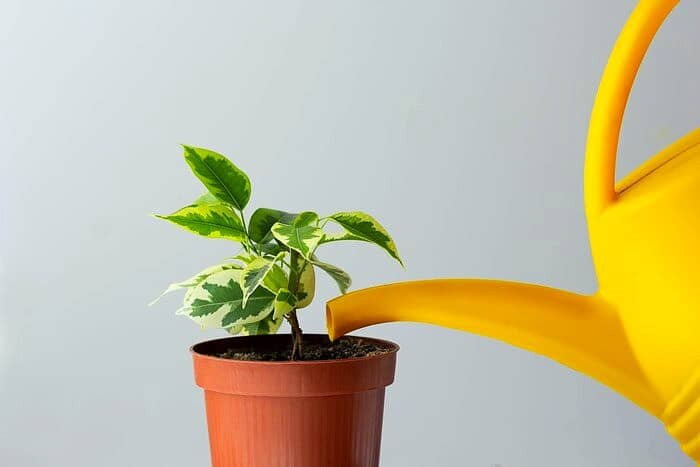
Fertilizing the Benjamin Plant:
This plant is a strong feeder and requires a lot of fertilizer during the growing season. If your plant is dropping leaves despite having ideal light, temperature, humidity, and fertilizer levels, you can give it a little magnesium and manganese. If this doesn’t help, look for common pests like aphids, insects, and whiteflies.
Pot and Repotting the Benjamin Plant:
A healthy plant is a fast-growing plant that requires careful attention to its pot. If you notice that your plant is growing slowly, it is probably due to low water or temperature issues. They can grow in standards, tree standards, house plants, and even bonsai. Find your plant’s guidelines and repot it annually during various periods.
Cutting the Benjamin Plant:
The Benjamin plant can root relatively easily from cuttings, even without rooting hormone. As mentioned on SelMagz, it is best to take cuttings in spring when you can easily provide warmth and humidity. The Benjamin is rarely grown from seeds and often these houseplants never produce fruit or seeds.How to Care for the Benjamin Plant at HomePruning the Benjamin Plant:
Pruning the Benjamin plant is essential if it reaches the ceiling or if you want to make it smaller. Timing is important in this process. Pruning should be done when the plant is not actively growing, as most plants are active in spring and summer.
In winter, the plant is dormant and susceptible to damage, so it is the best time for pruning the Benjamin plant. You should also trim dead branches and remove dead leaves to prevent the spread of diseases and fungal infections that can severely impact and damage your plant.
Growth Rate of the Benjamin Plant:
A Benjamin plant with all its needs properly met will grow rapidly, meaning it will grow fast enough for you to notice changes in its shape and size, but not so fast that it constantly occupies surrounding space.
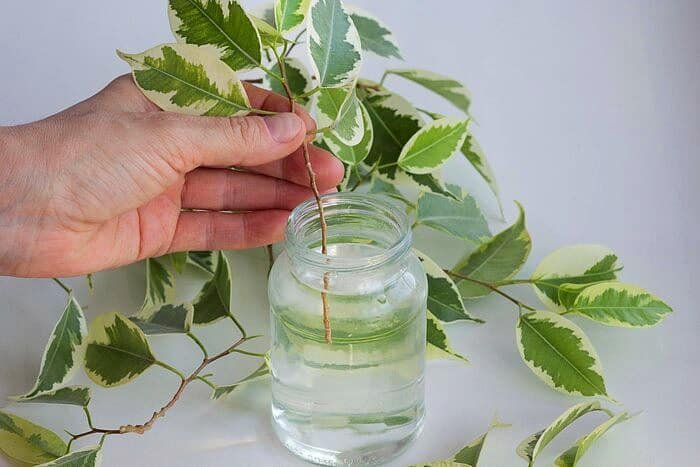
Height/Spread of the Benjamin Plant:
The maximum height you can expect is 2 meters. They do not reach this height quickly, so if you initially bring home a small plant, it will take years to grow to this size.
If you want a tall plant quickly, buy a large plant and start with that. Benjamin plants often appear tall and thin and typically do not exceed 0.5 meters in width.
Flowers of the Benjamin Plant:
Flowers are uncommon. This type of plant primarily grows for the appearance and shape of its trunk.
Is the Benjamin Plant Toxic?
The Benjamin plant contains a milky sap that if ingested may cause gastrointestinal problems.
Is there anything else about the Benjamin Plant?
It sometimes needs pruning because its shape may get out of control or it may only have parts that need pruning. Winter or early spring is the best time for pruning the active growth of the plant, and you can prune it at any time throughout the year.
Problems with the Benjamin Plant:
Leaves of the Benjamin Plant:
The most common reported issue and the usual request for help is leaf drop, and its appearance is not good, but it is entirely natural and not something to worry about. This happens because your plant is quite intelligent but sensitive to changes, and it adjusts its leaves to specific angles and positions to maximize available light, allowing photosynthesis to function properly.
When you rotate it or move your plant, the dynamics of light change dramatically, and the plant responds by dropping leaves and regrowing to promote its optimal growth.
This is a clever skill, but it can create an unsightly appearance, so you need to be careful. As a general rule, smaller plants drop fewer leaves compared to taller and larger plants.
To avoid and prevent this problem, it’s simple: once your plant has a fixed place, do not move it around. Find a spot where it can stay away from significant temperature variations all year round.
Mealybugs, aphids, and other pests of the Benjamin Plant:
Unfortunately, your plant, despite all its goodness and resilience, can be susceptible to pests. Specifically, infestations of mealybugs and aphids can be quite common due to the large leaf surface area.
Regarding other plants, we have mentioned in previous SelMagz posts that having many leaves means many places for pests to hide, allowing them to thrive. Follow the above guidelines for assistance, but remember to be patient to see results.
Lower leaves of the Benjamin Plant dropping:
The lower leaves of the Benjamin will turn yellow and eventually drop. You are not doing anything wrong, as this is inevitable and is common in many houseplants.
White spots on the leaves of the Benjamin Plant:
If it looks like this photo, it is quite common and you should not worry about it. These spots are white, waxy, and round and may initially be confused with diseases or pests, but they are actually characteristics of some Benjamin plants.
But what is the news? Well, nobody is entirely sure. Although experts generally believe that whether these plants can free themselves from mineral and salt buildup in the soil or if there is a way to attract pollinators like bees. But if they bother you, these white spots can be easily wiped off and removed.
Yellow leaf edges on the Benjamin Plant:
This is usually a sign that gradually creeps and spreads to new leaves. In most cases, this results from a long-term nutrient deficiency. To solve this issue and prevent it from affecting more leaves, you need to feed your plant. But not too much. Follow the instructions on the package or bottle and do not exceed the specified amount.
Benjamin Plant
Weeping fig plant
Care Conditions of the Benjamin Plant
Ficus Benjamin Plant
Propagation of the Benjamin Plant
How to Water the Benjamin Plant



